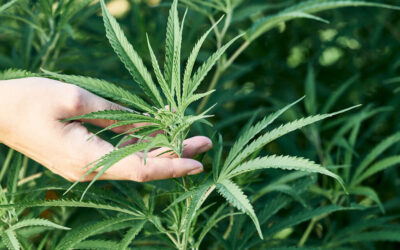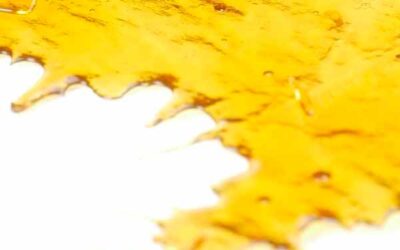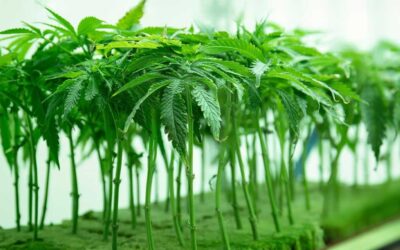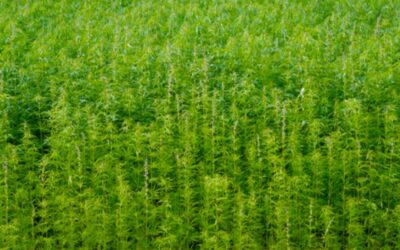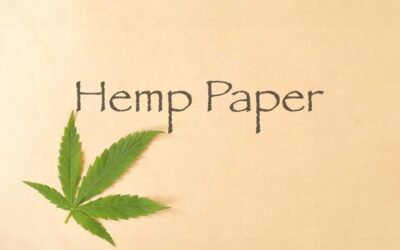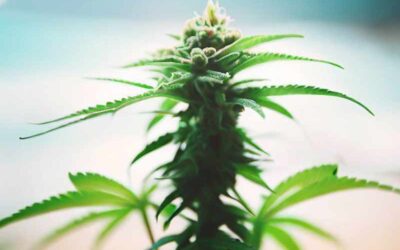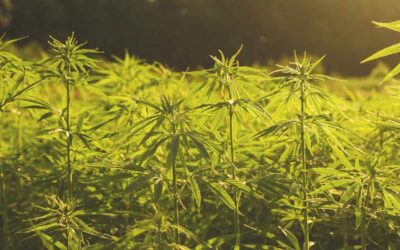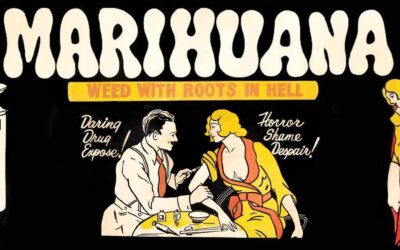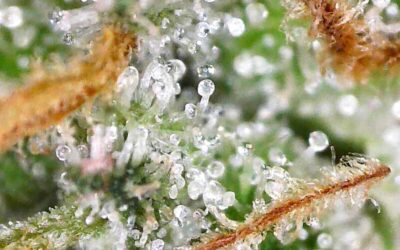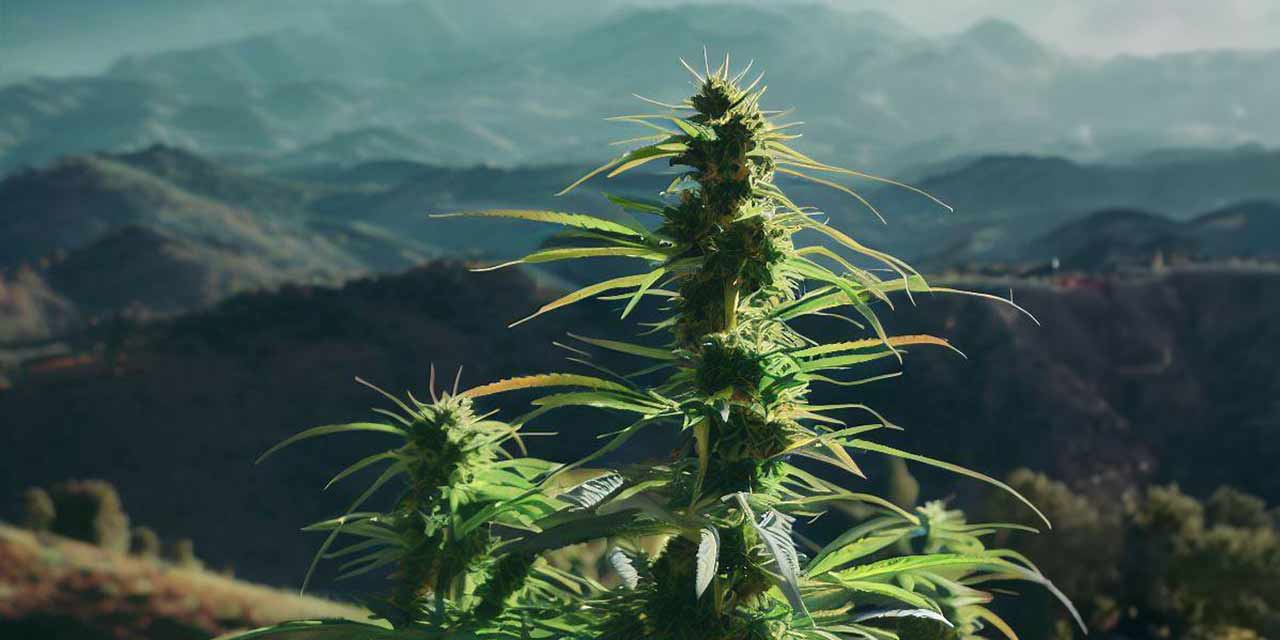
Moroccan Hash
The Timeless Elixir of North Africa
Deep within the mystic lands of North Africa lies a hidden gem cherished by cannabis enthusiasts worldwide – Moroccan hash. For centuries, this time-honoured cannabis concentrate has captivated connoisseurs with its rich history, traditional production methods, and unique potency. In this blog post, we delve into the fascinating world of Moroccan hash, exploring its origins, manufacturing process, cultural significance, and its place in modern society.
The Origins of Moroccan Hash
Moroccan hash has a long and storied history, dating back to ancient times. The cannabis plant (Cannabis sativa) has grown wild across the region for millennia, and it is believed that its use as a medicinal and recreational substance began in the Maghreb region, which includes modern-day Morocco.
The hash-making process likely originated from early cannabis farmers who rubbed the resinous trichomes from the plant’s flowers and leaves. Over time, these techniques evolved, culminating in the meticulous hand-rolling methods used by skilled artisans today.
The Art of Moroccan Hash-Making
The process of creating authentic Moroccan hash is a true art form. It starts with carefully selecting premium cannabis plants, usually varieties with high resin content. The plants are allowed to grow to their full potential before harvesting.
The harvesting process is followed by a labour-intensive technique known as “dry sieving.” Farmers gently sift the plant material through fine-mesh screens, separating the resinous trichomes from the plant matter. These trichomes are then carefully pressed together, forming the distinctive bricks or balls of hashish.
Varieties and Characteristics
Moroccan hash comes in various grades, each offering a unique aroma, flavour, and potency.
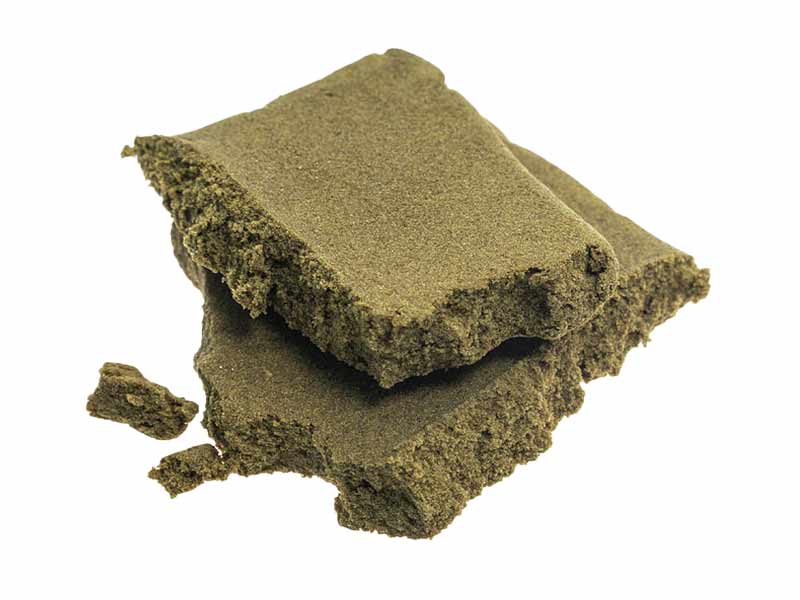
Blonde Moroccan Hash: Known for its golden colour and delicate flavour, this variety is considered one of the finest and most sought-after types of Moroccan hash. It boasts a smooth, mellow smoke and a balanced high.

Black Moroccan Hash: Characterised by its dark hue and stronger aroma, black hash is known for its potent effects and earthy taste. It is a favourite among seasoned hashish enthusiasts looking for a more intense experience.

Mixed Moroccan Hash: A blend of various strains, this type of hash can have a diverse range of characteristics, making it appealing to a wide audience of users.
Cultural Significance
In Moroccan culture, hashish has a long-standing presence. It has been used for both medicinal and recreational purposes for generations. Historically, it was a part of social gatherings, and religious ceremonies, and even shared during traditional tea rituals.
Despite being illegal in Morocco, hashish remains ingrained in the cultural fabric of the nation. The Moroccan government has grappled with its production and export, as it continues to be a significant aspect of the country’s economy and heritage.
The Global Appeal
The allure of Moroccan hash extends far beyond the borders of North Africa. Over the years, it has gained a global reputation for its exceptional quality and artisanal craftsmanship. Cannabis enthusiasts from around the world travel to Morocco in search of this cannabis treasure.
Modern Perspectives and Legal Status
While traditional hashish production continues in Morocco, the global cannabis landscape has evolved dramatically. Many countries have started to reform their cannabis laws, either legalising or decriminalising its use. In some places, hashish remains illegal, while in others, it is increasingly accepted for medical or recreational purposes.
Moroccan hash stands as a testament to the enduring relationship between humanity and cannabis. Its history is steeped in tradition, and its allure continues to captivate cannabis enthusiasts worldwide. As the world’s perception of cannabis evolves, Moroccan hash remains a symbol of artisanal excellence and cultural heritage, reminding us of the deep-rooted connection between people and the planet’s most versatile plant.


